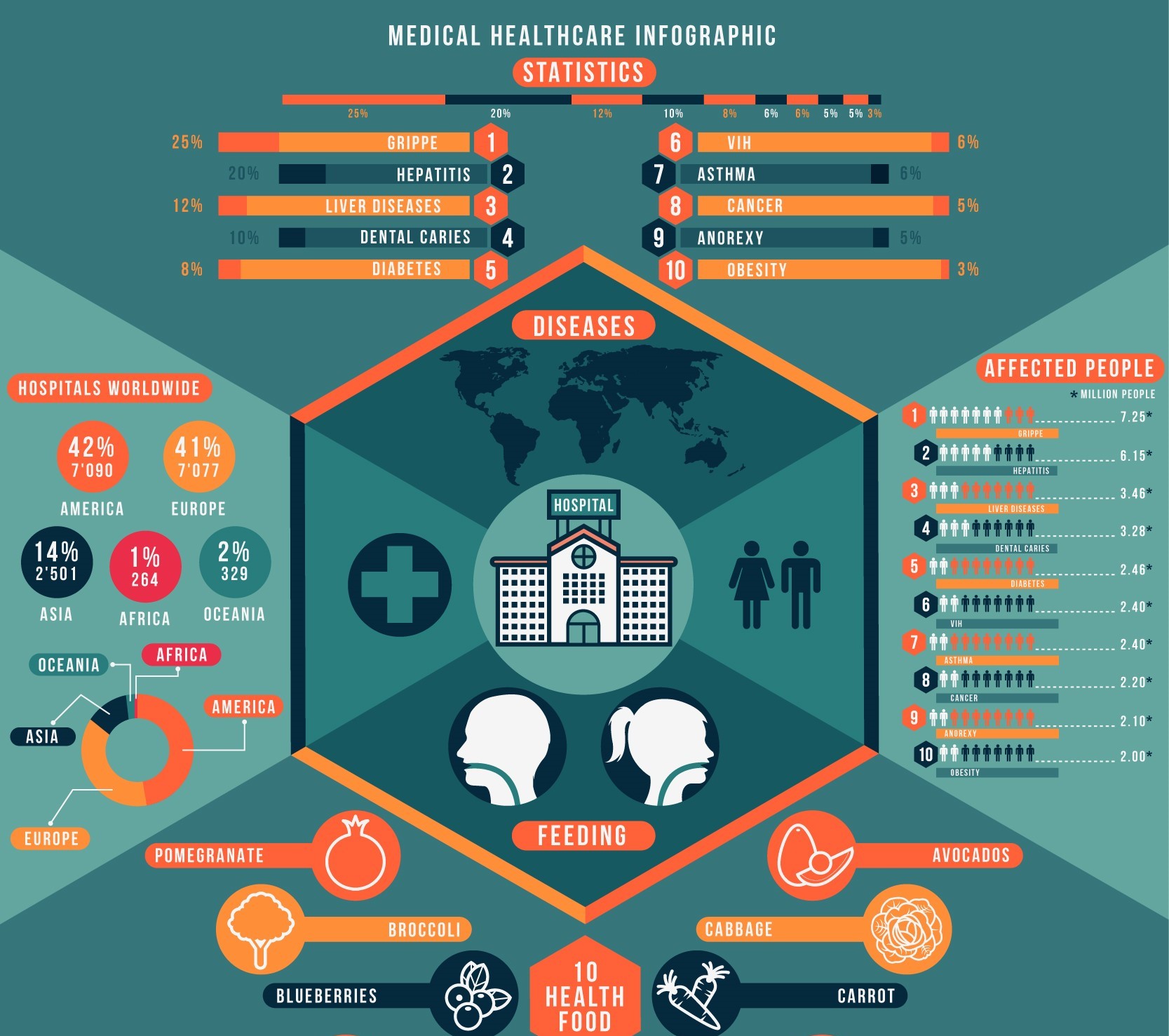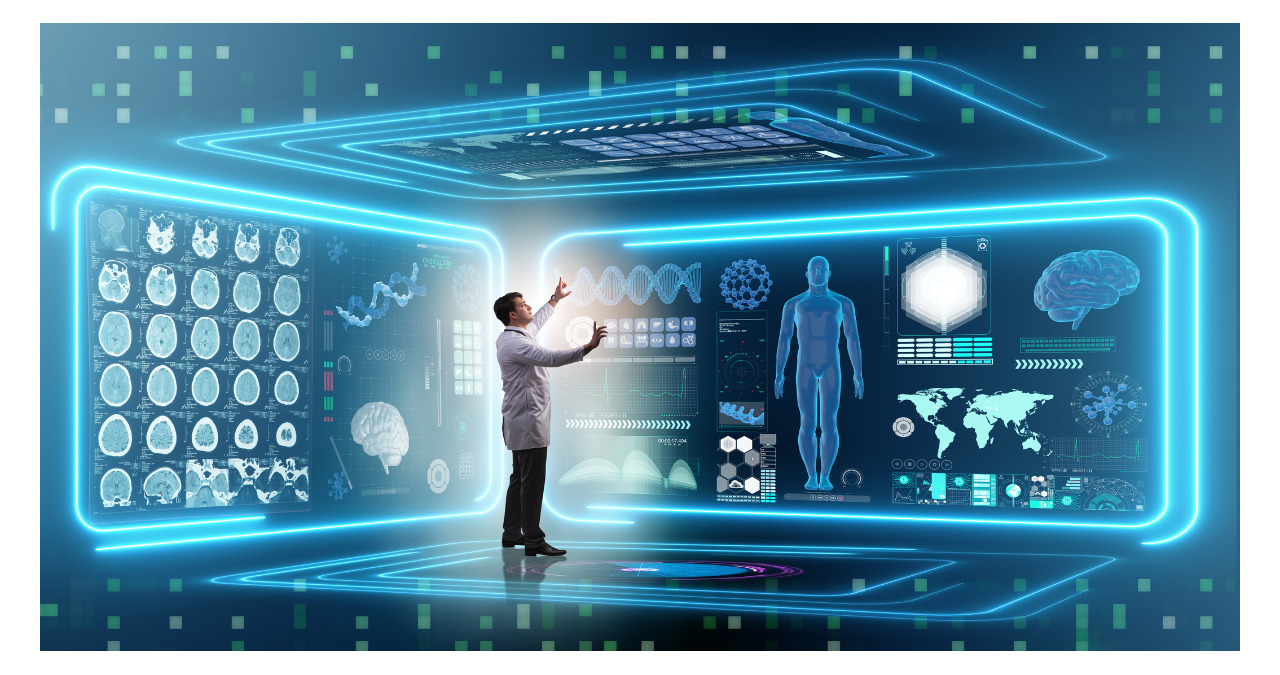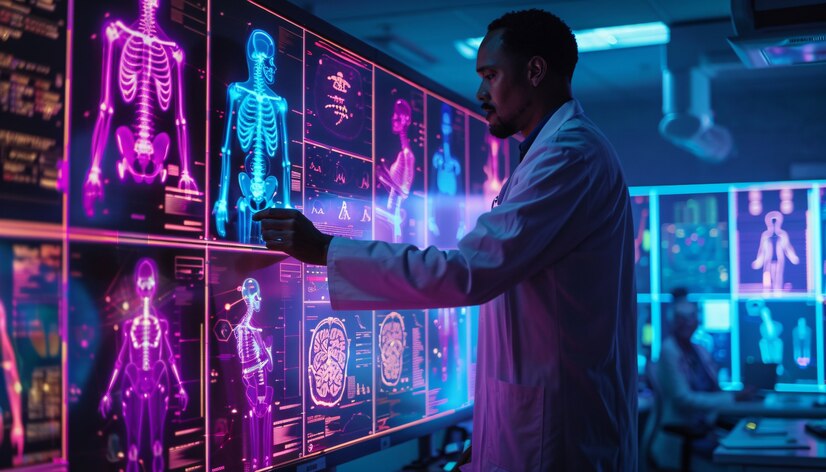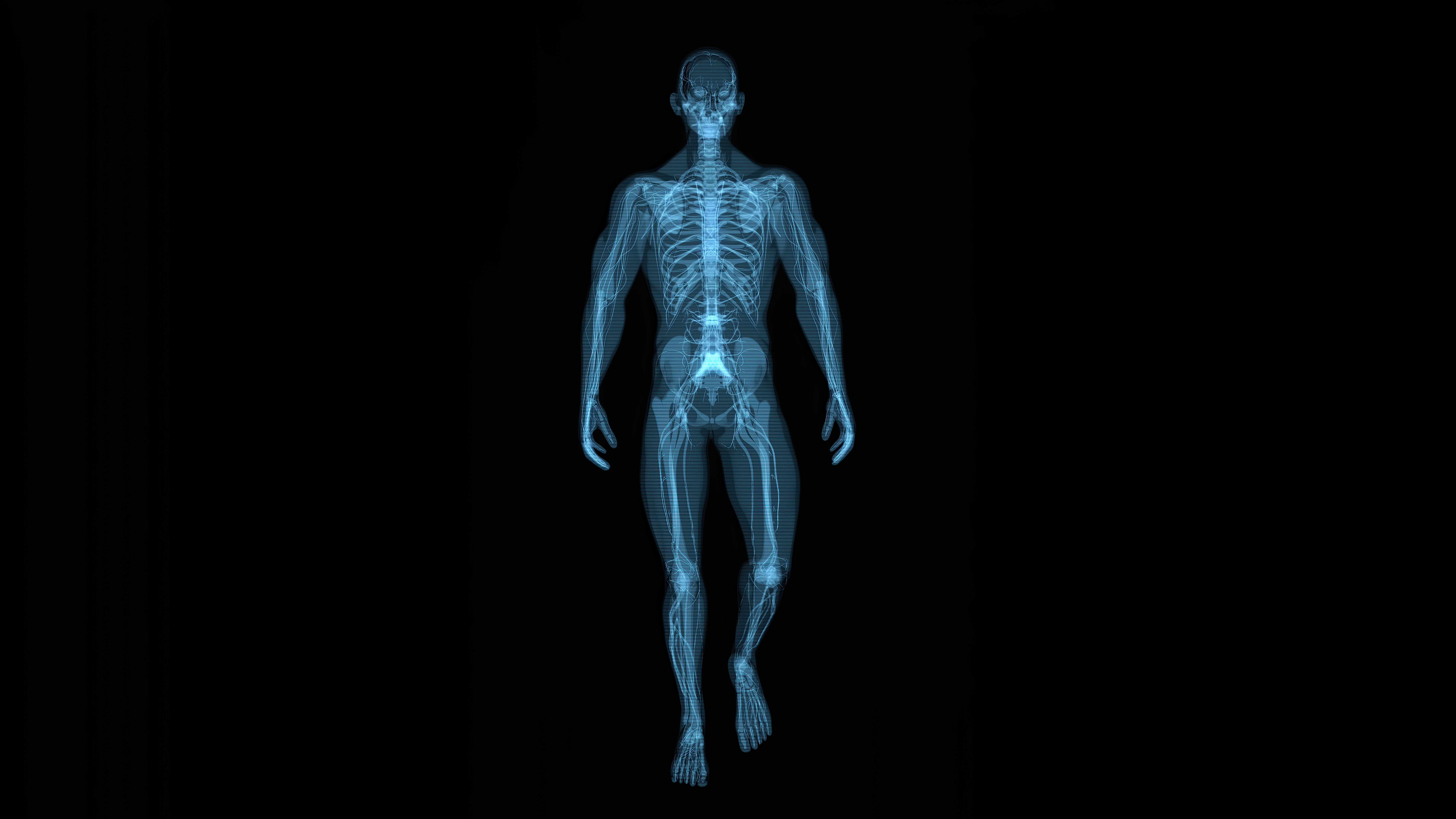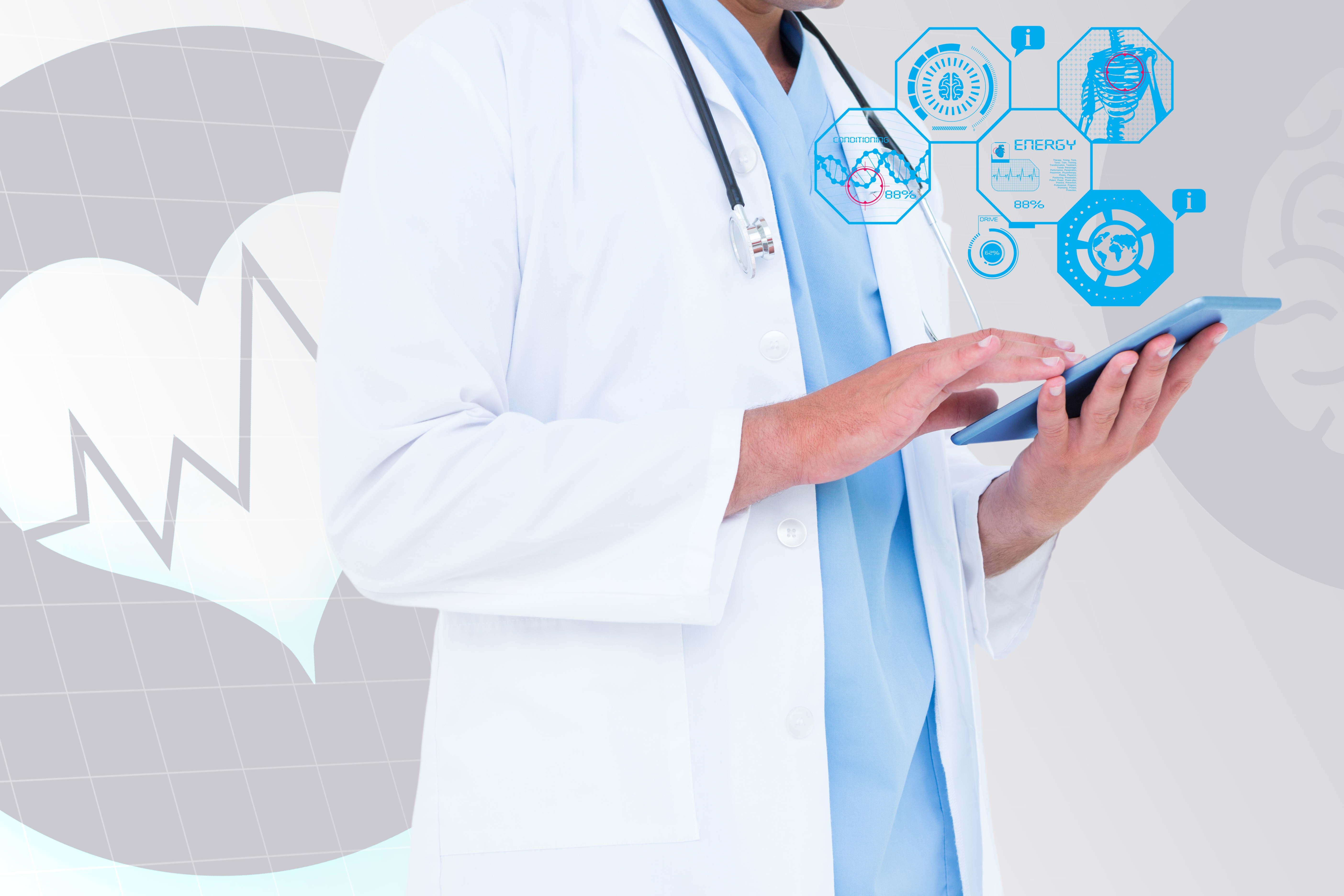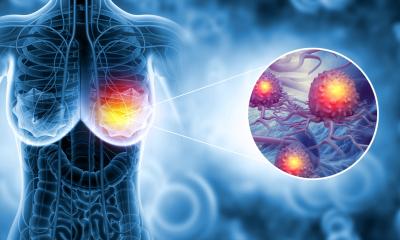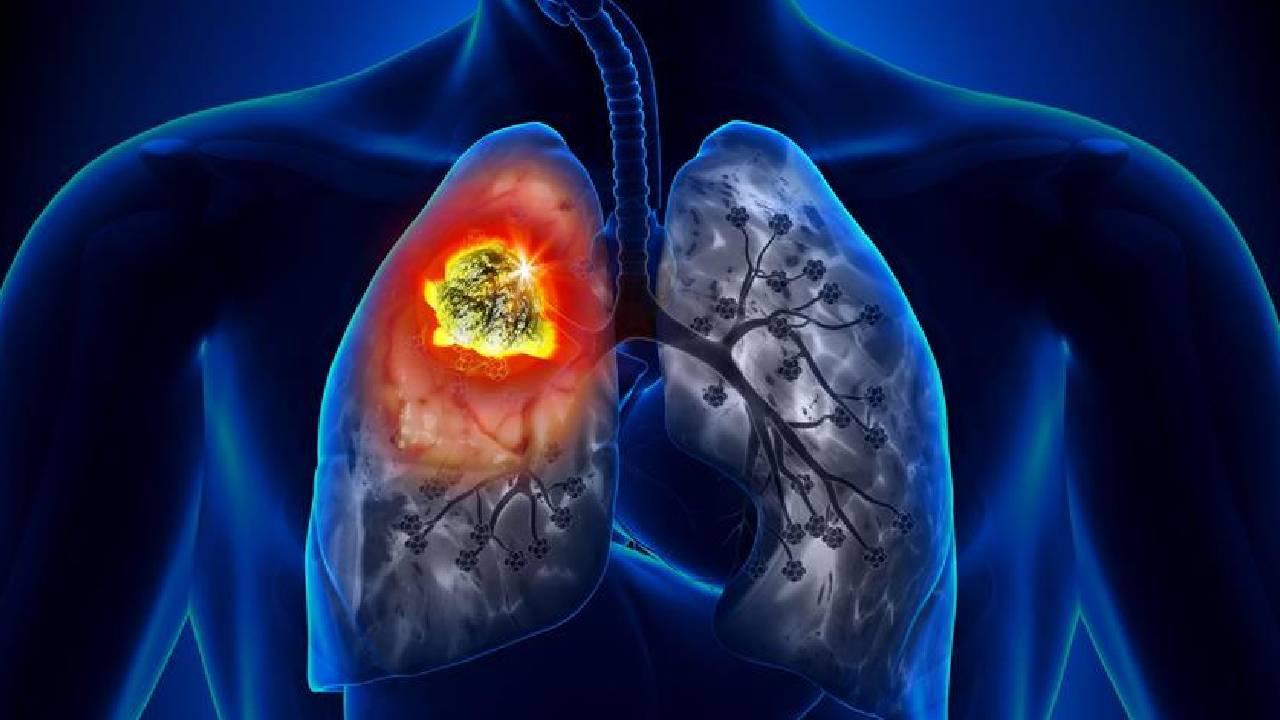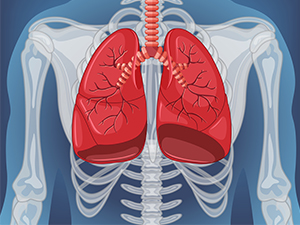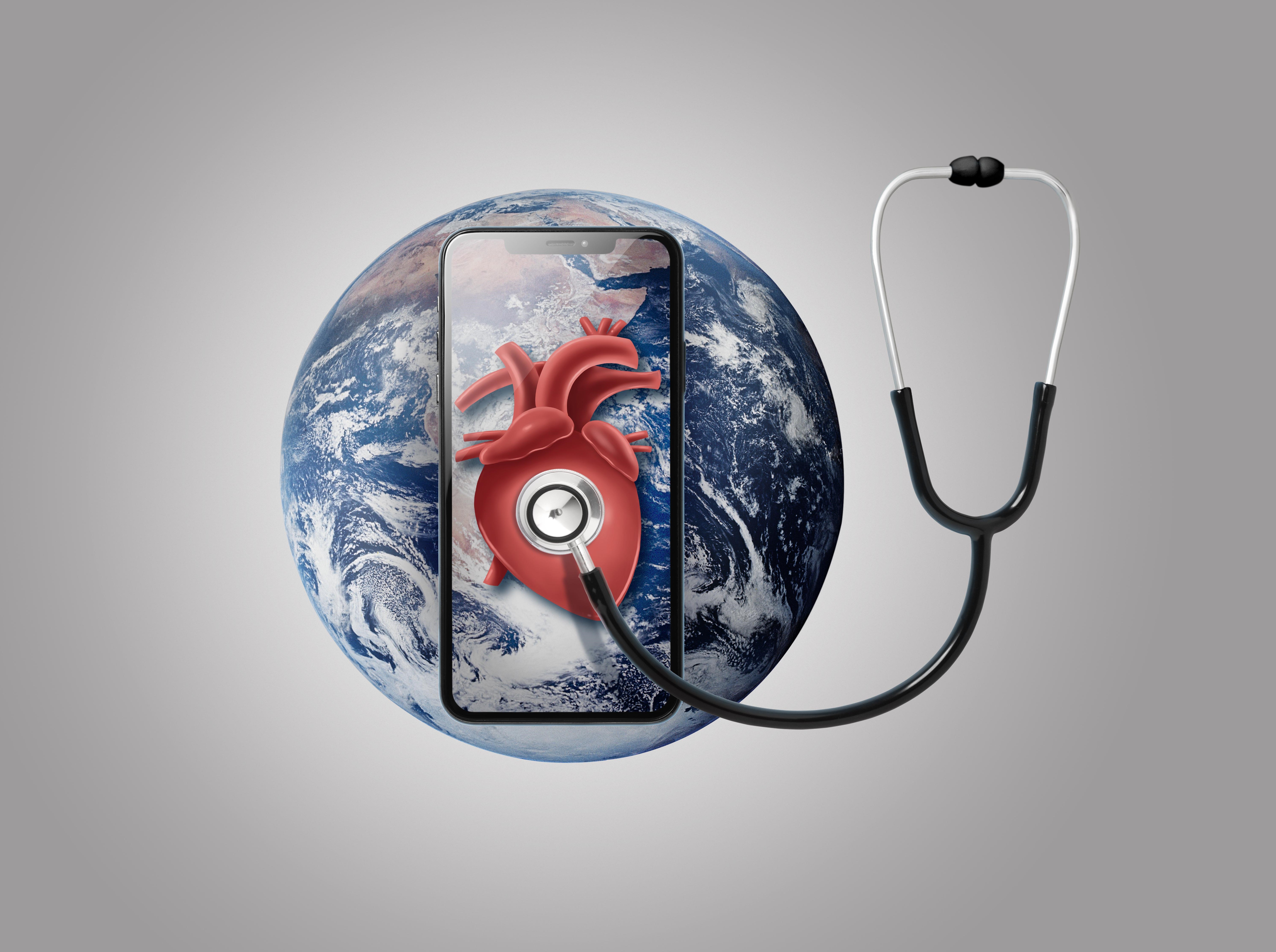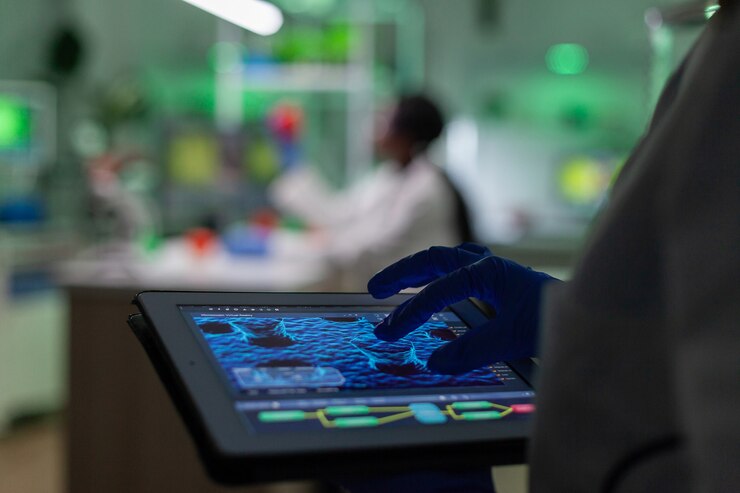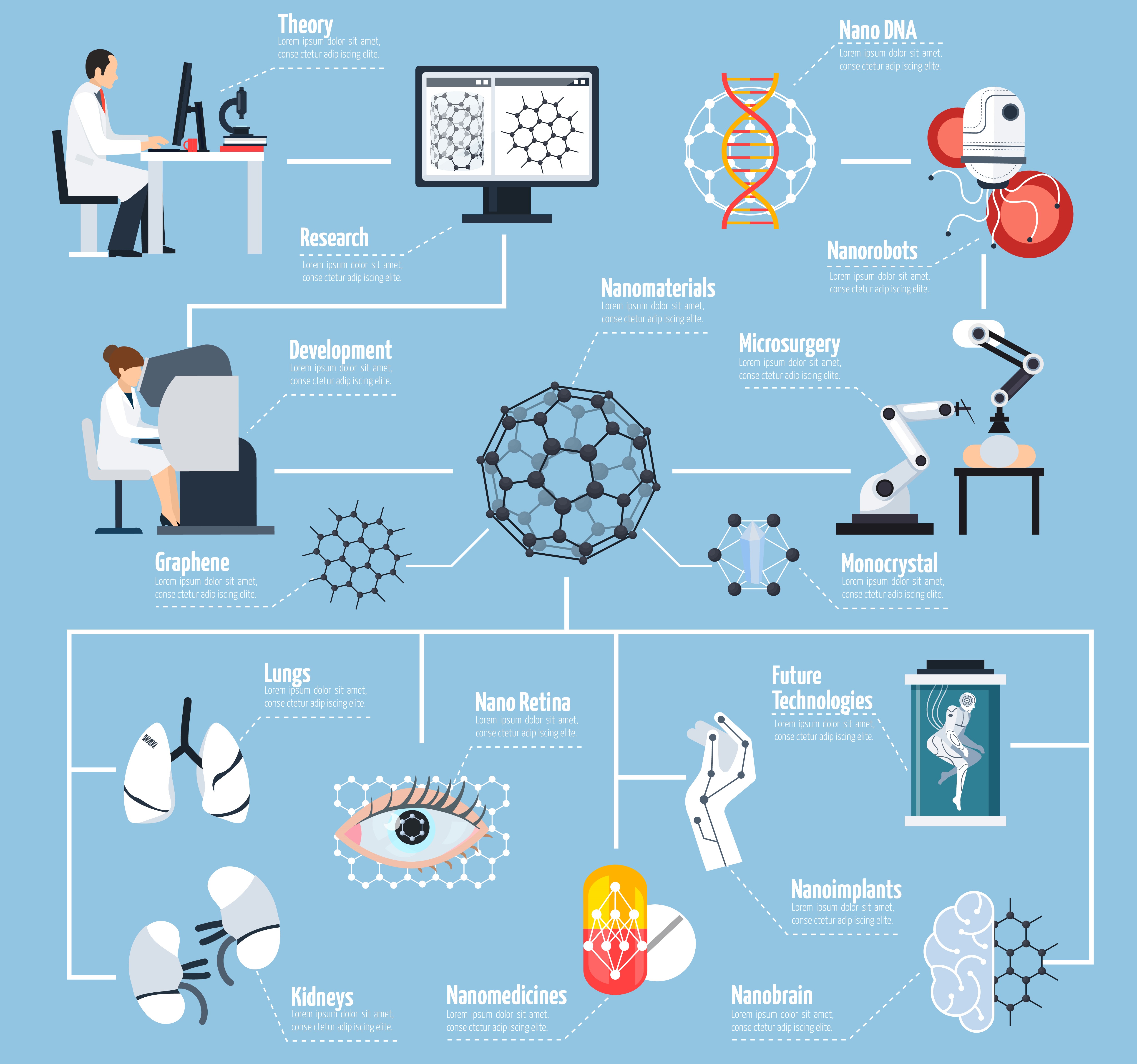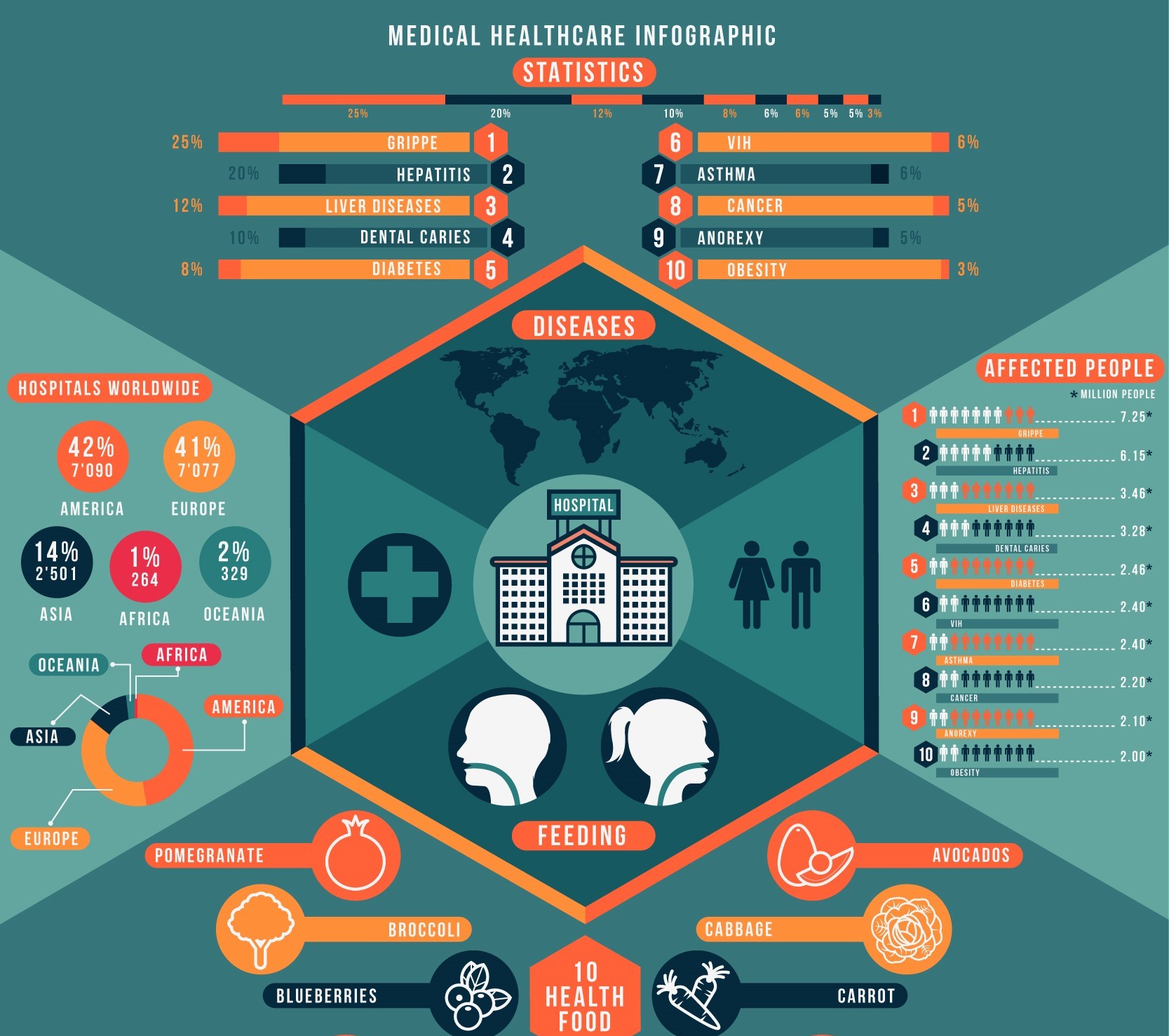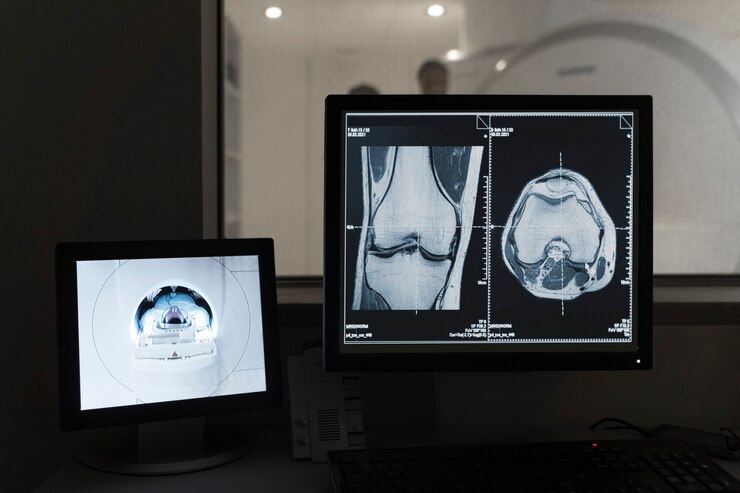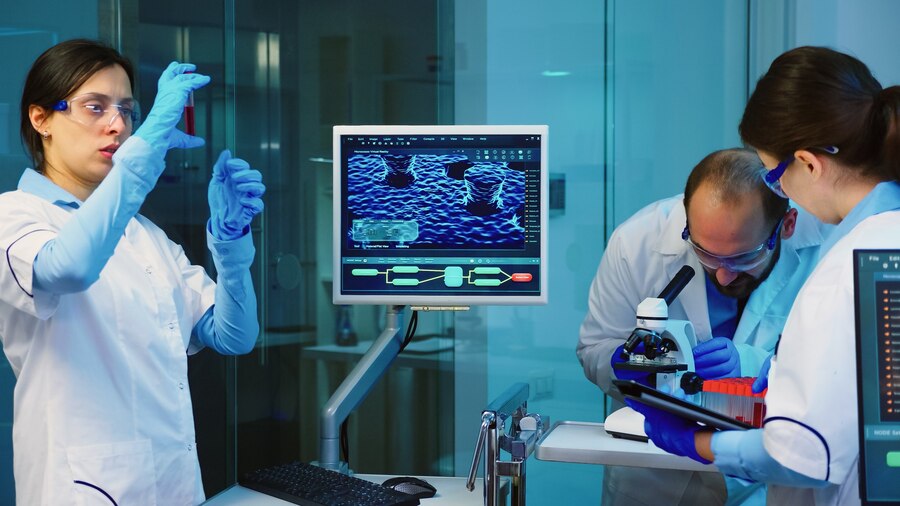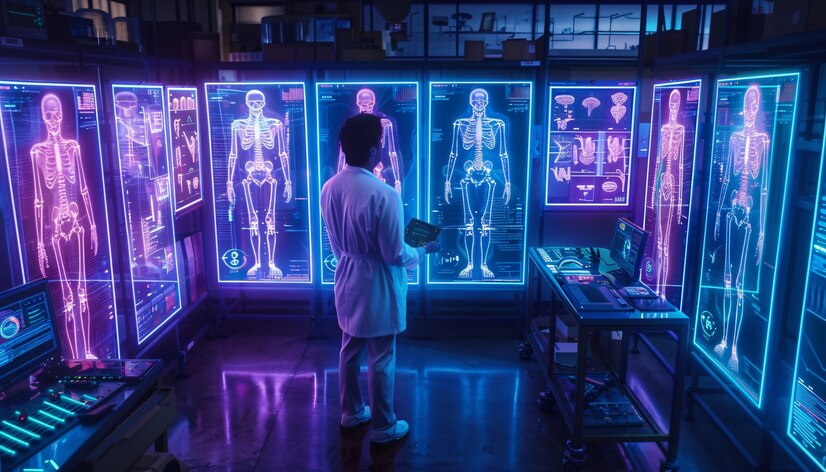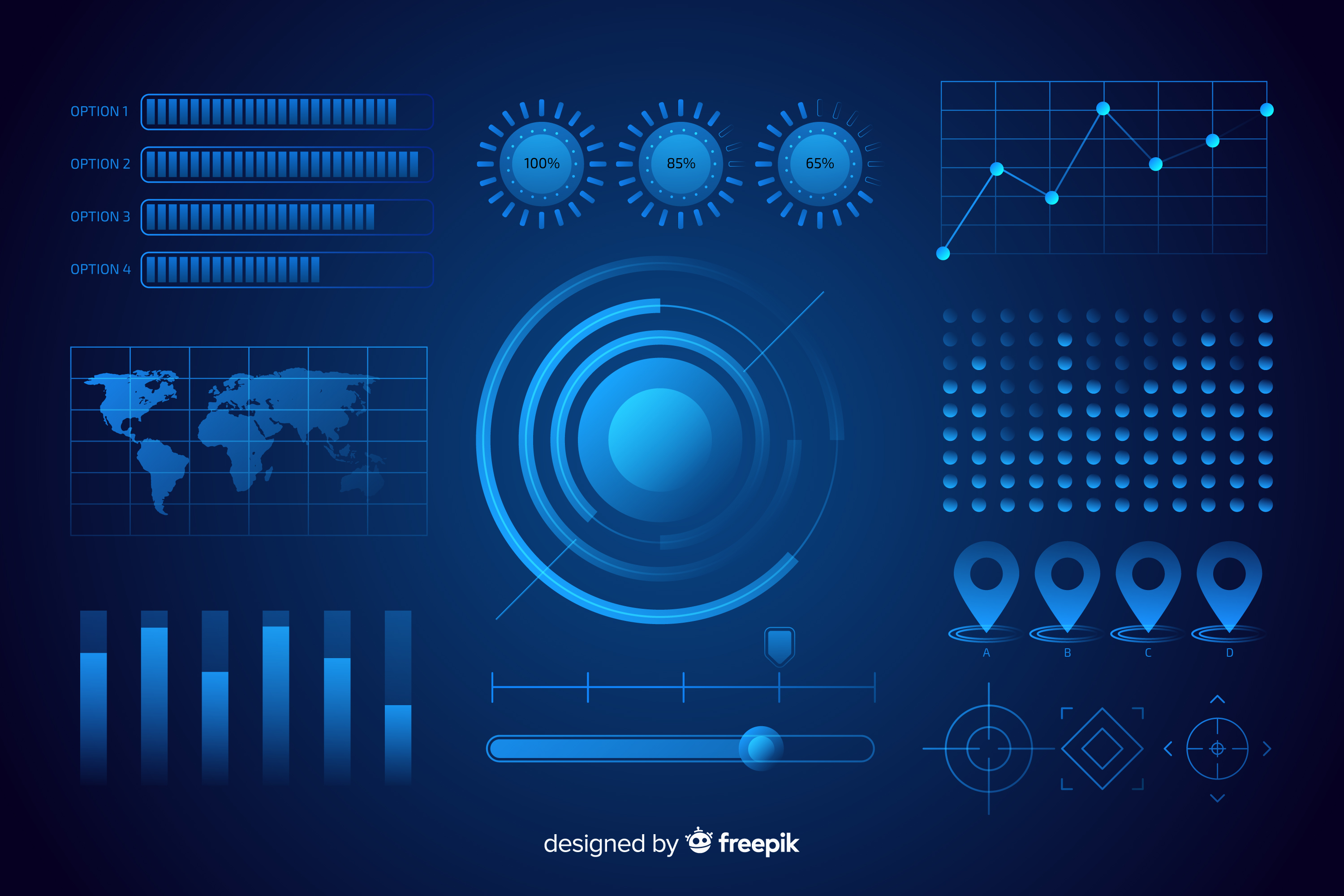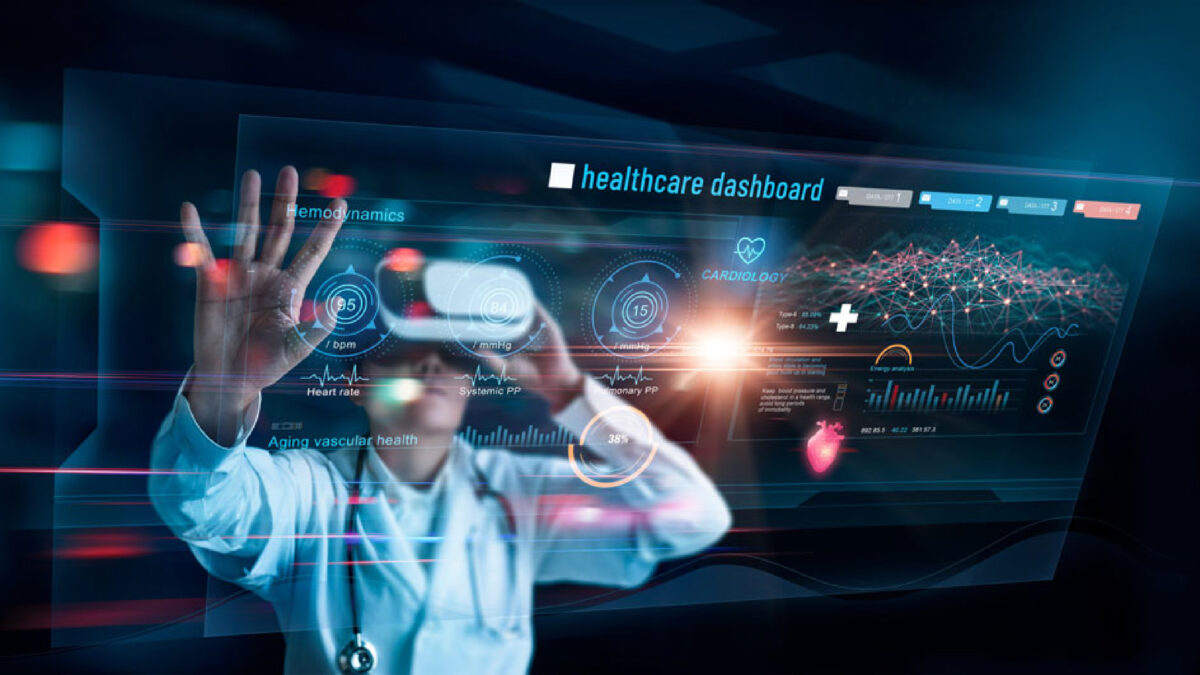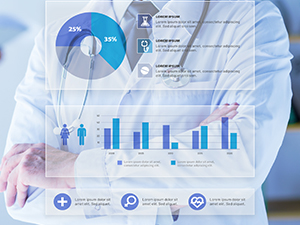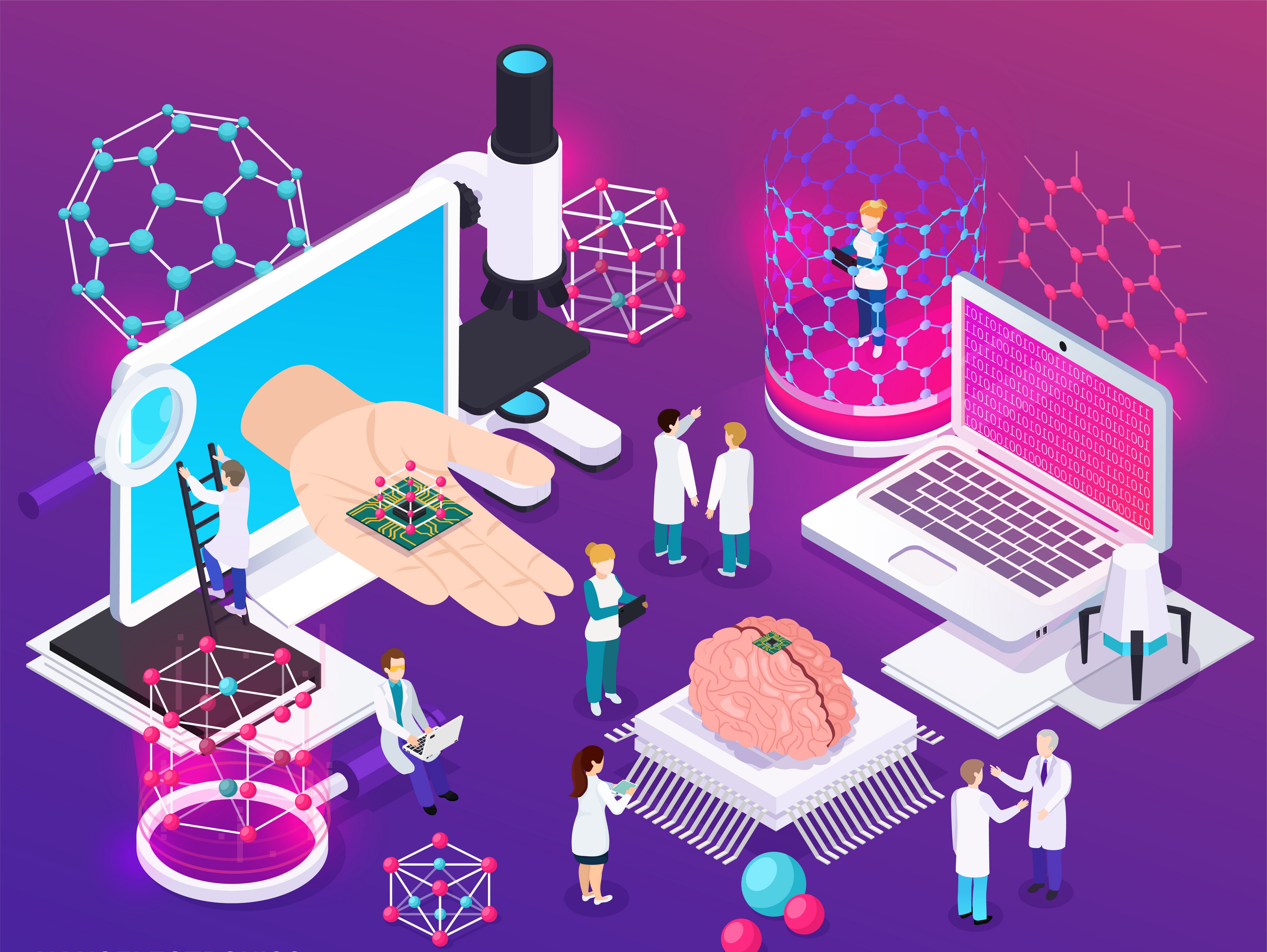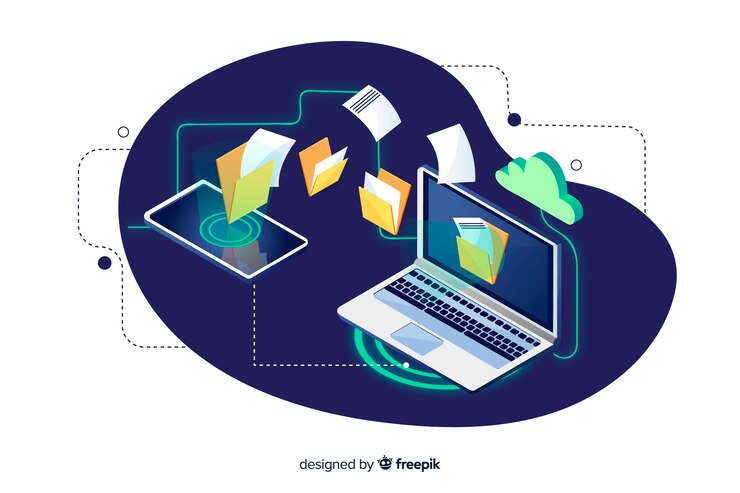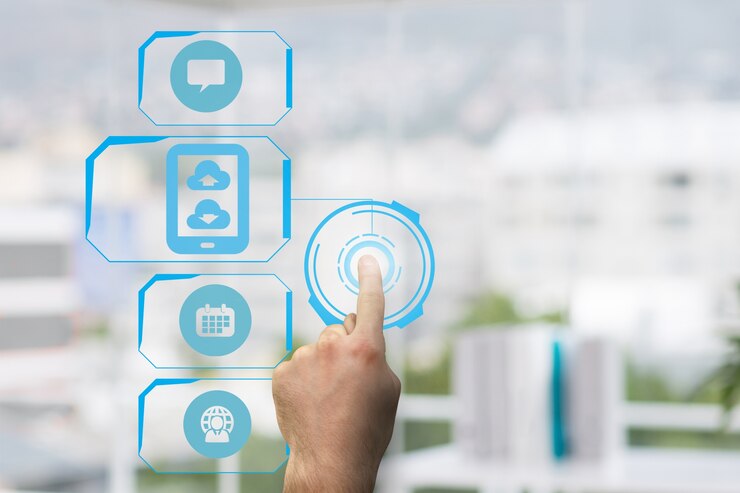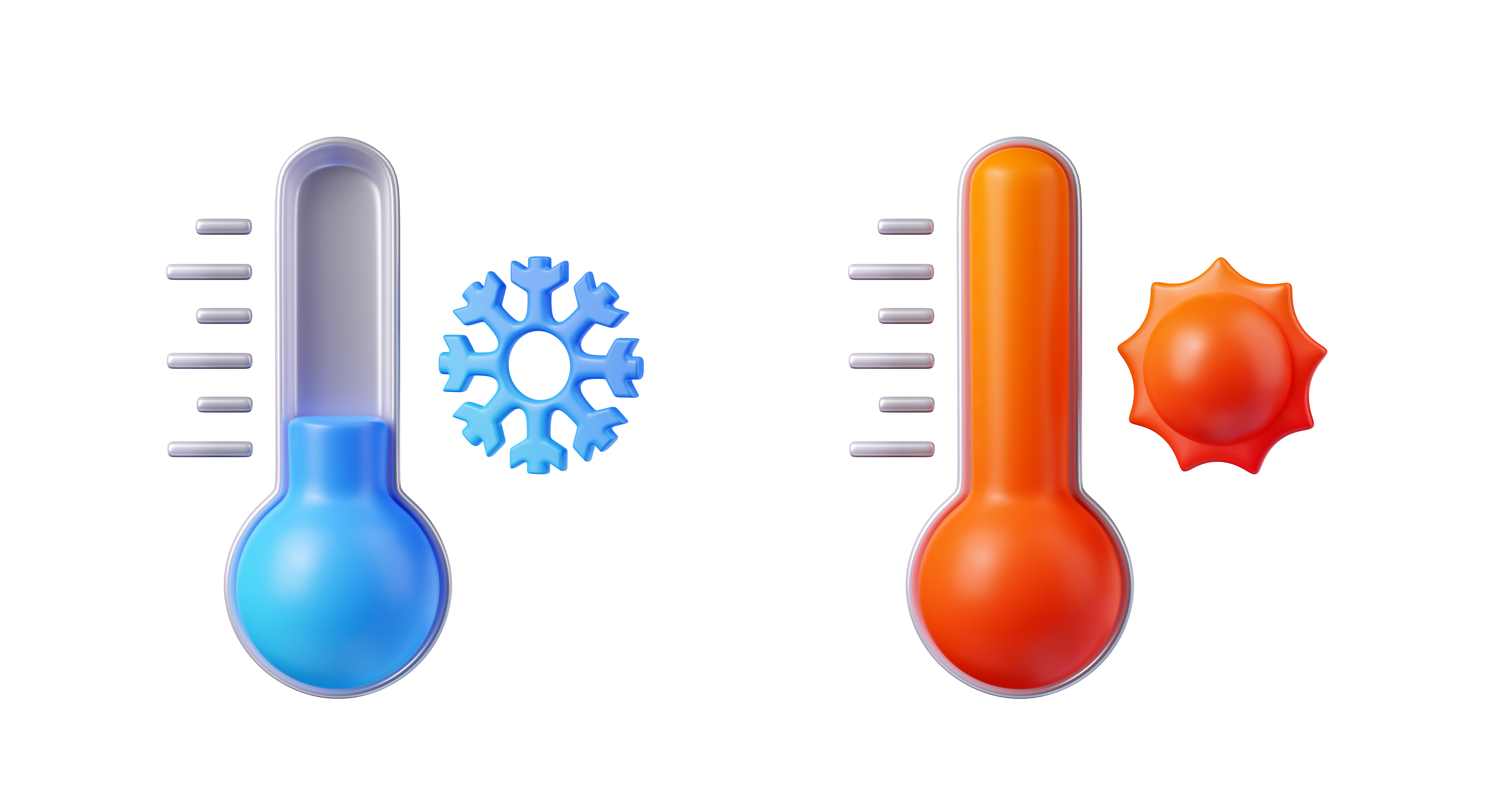The use of big data, which is increasing due to the developments in information and communication technologies, has an important place in health services. The resource and method needed for improvements that can be used in many areas, such as validation, proper diagnosis, diagnosis and treatment, reduction of medical errors, improvement of patient safety and improvement of care quality.
It is foreseen that big data will have an important place in terms of creating value in health services in the long term.
Using advanced technology in all its solution processes, AKGÜN develops a collection of tools, technologies, methods and procedures used to process and analyze large amounts of electronic health data
AKGUN by analyzing big data with the decision support solutions it produces;
- Improves the efficiency and quality of treatments,
- Recommends alternative treatments to clinicians and patients,
- Improves diagnosis and treatment selection,
- Provide real-time information to nurses and doctors to prevent triage, iatrogenic infections, prescription errors and other medical errors,
- Provides remote patient monitoring and proactive care,
- Provides personalized care by identifying best practices for patients,
- Provides the possibility of early diagnosis and diagnosis of a patient before the symptoms develop.
- Improves communication channels between healthcare providers and professionals and even the whole sector stakeholders.
Effective management of the referral chain is an important factor in the management of health services. Prior to the development of the AKGÜN 112 Emergency Command Centers Management System, it took several days for all hospitals to take the parameter values requested from the 112 emergency centers by the hospital emergency services. With the AKGÜN 112 Emergency Command Centers Management System, the data requested to be collected from the hospital emergency services can be defined by 112 command centers and instant data can be collected whenever needed. Thanks to the system, the data to be accessed is immediately accessible from the central point. The effort to collect unnecessary data has ended and a considerable time saving has been achieved, thus enabling effective management of emergency services in hospitals.
Technical Specifications
• 112 Command Centers are able to collect the data requested from the emergency services of all hospitals in the province at any time without the need for additional intervention.
• With the dynamic rule definition system, any data can be received from hospitals in accordance with the formula.
• It provides access to the data requested from the emergency services in hospitals by the command center without waiting.
• Regional health facilities are managed.
• Provides immediate transportation and problem detection to patients waiting in hospital emergency services by the command center.
• It allows users to define new parameters and collect data.
• Communication is strengthened.
Collecting, tracking, storing, displaying, transferring and recalling information can be easily done. AKGÜN 112 Emergency Command Centers Management System is a unique system with its new information, workflows and collection rules. The following sub-systems were developed with the aim of providing regional coordination and command control between health facilities affiliated to Provincial Health Directorates or other health facilities other than provincial health directorates;
1. Hospital Emergency Services Management System
2. Command and Control Center Management System
Hospital Emergency Services Management System
It is a product that collects data in accordance with the rules without the distinction of the firms that produce HIMS from the hospitals connected to the provincial health, provides the analysis and display of the collected data effectively, constitutes the mechanism of making easy identification when new data is collected and provides 2-stage planning as data collection and presenting the data. The system includes the following features;
• User screen and role authorizations can be defined and access to screens and menus can be provided in the light of these role authorizations.
• Depending on the authorization, the hospital can be defined.
• When a new hospital is added to the system, it is possible to integrate the hospitals into the system.
• Data can be defined within the scope of authorization.
• Data can be requested computationally in accordance with the needs and demands of the institution.
• When the organization requests additional data or wants to collect data, related data collection services can be activated automatically by defining it through the application.
• The duration of the parametric values that hospitals should send can be determined.
• Hospitals can generate warning messages when defined data exceeds delivery times.
• Incoming data can also be displayed graphically.
• The application can perform instant data synchronization from all health institutions connected to the system.
• It works integrated with the existing software that works in health facilities.
Monitoring and Management System for Referral Activities Between Hospitals
• Patient information referred in integrated institutions is sent to the center instantly.
• Patient identity, all interventional procedures performed in the hospital to which the patient was referred, laboratory results, consultation responses, radiology reports, pathology results, the branch to which they were referred, and why they were referred were displayed on a central computer.
• It is aimed to prevent patient victimization and to conduct the referral process more effectively.


